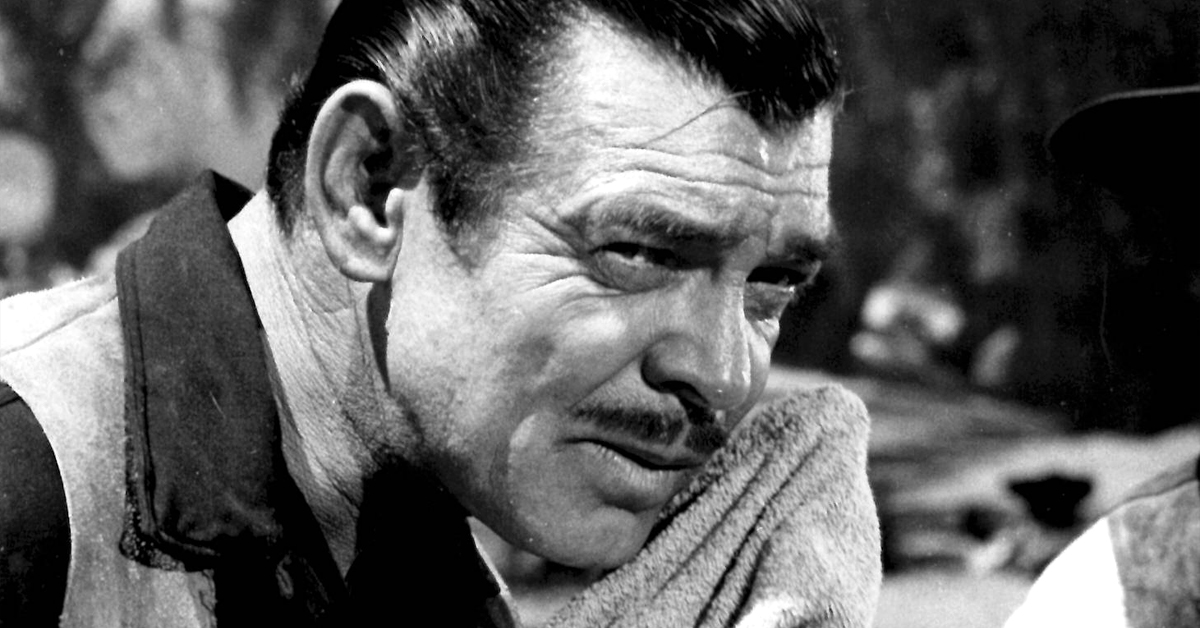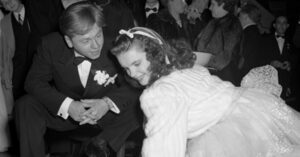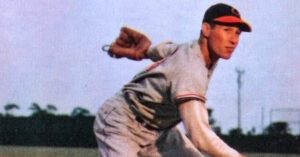Clark Gable made a record twelve films in 1931. Over the next decade he was the biggest name in movies. Then he left Hollywood. For good, he said at the time. He was retiring.
There were two reasons why. In 1942 Gable lost the love of his life. The plane carrying his wife, Carole Lombard, crashed into a mountain near Las Vegas following a war bonds tour. Before boarding the flight, Lombard sent Gable a telegram: “Hey, Pappy, you’d better get in this man’s army.”
The grief-stricken Gable took this as an order.
At age 41, Clark Gable entered the service to battle Nazis as a buck private in the Army Air Corps. “I don’t want to make speeches,” he told the press, “I don’t want to sell bonds, I don’t want to entertain. I just want to be a machine gunner on a bomber and be sent where the going is tough.”
Gable got his wish. He flew five bombing missions over Germany. Nazi Air Minister Hermann Goering took notice. Gable happened to be Hitler’s favorite American movie star. So Herr Goering made Gable a marked man, one of three on a short list of American pilots wanted dead or alive. Cash and a promotion were offered as bounty. Goering paid off on all but Gable.
When the war ended, Gable, like so many others who saw combat duty, was a completely different man. Louis B. Mayer did, however, persuade him to return to MGM. Gable hadn’t made a movie in more than three years. And the studio didn’t really know what to do with him. He’d changed, and so had the tastes of movie audiences.
Nevertheless first up was a picture titled Adventure with Greer Garson. The most famous ad campaign in movie history was built around this feature.
“Gable’s back and Garson’s got him!”
The slogan was better, and better remembered, than the movie itself. Gable played an overweight, sea-going roustabout who sank in a soppy story. Even Gable told the press that the picture was “lousy.”
The truth was, Gable wasn’t really back. Sadly the Gable of Red Dust, San Francisco, Manhattan Melodrama, and Gone with the Wind was gone himself.
In 1946 and 1947 a visibly older, bored and restless Gable was unhappy. He’d lost his wife. Then his father died. He suffered the shock of war. Then there was the embarrassment of Adventure — along with the earlier Parnell (1937), Gable’s worst “blunder” in movies by his own admission. Just making movies seemed trivial to Gable. His zest for life and sense of humor were dulled.
So Gable took more time off. He refused to be rushed into another career-killer like Adventure or Parnell. He would be off the screen for another 18 months, meaning he had made only one picture, and a bad one, in five years. As mentioned, he made a dozen crackling feature films in 1931 alone.
He decided to lose 20 pounds. Then he made a new contract with Metro, the one which took Gable through Mogambo (1953). After much deliberation pouring through scripts offered to him, Clark Gable finally agreed to make a film called The Hucksters with Ava Gardner. Critics were enthusiastic, the picture made money, and Clark Gable was back at last. His fine career continued through The Misfits (1961) with Marilyn Monroe, the final film for each great star.




